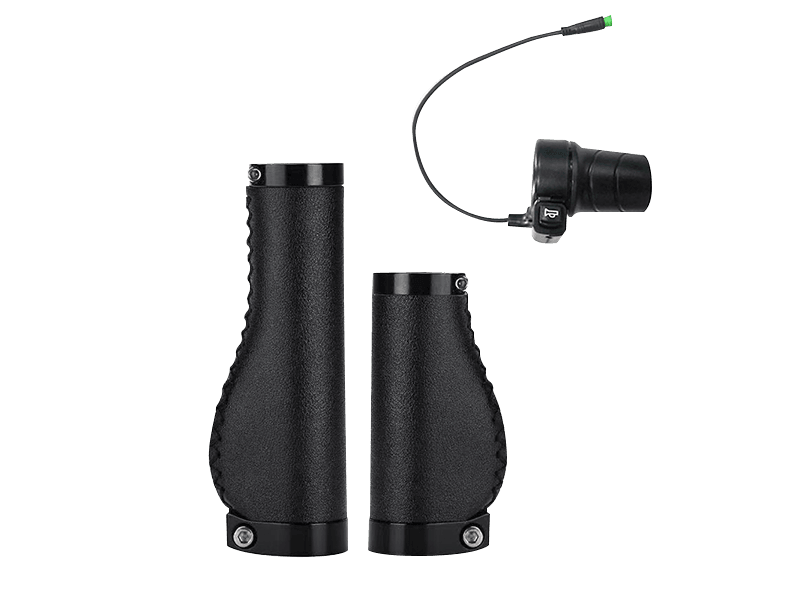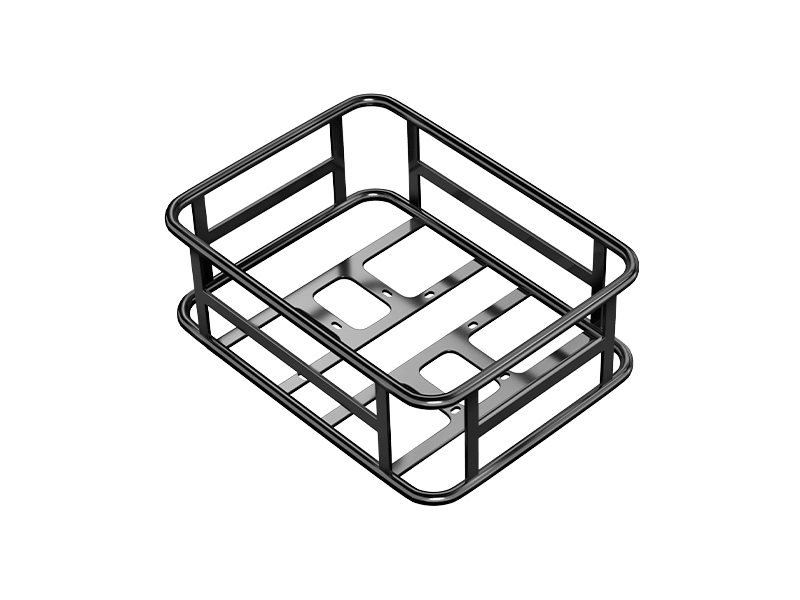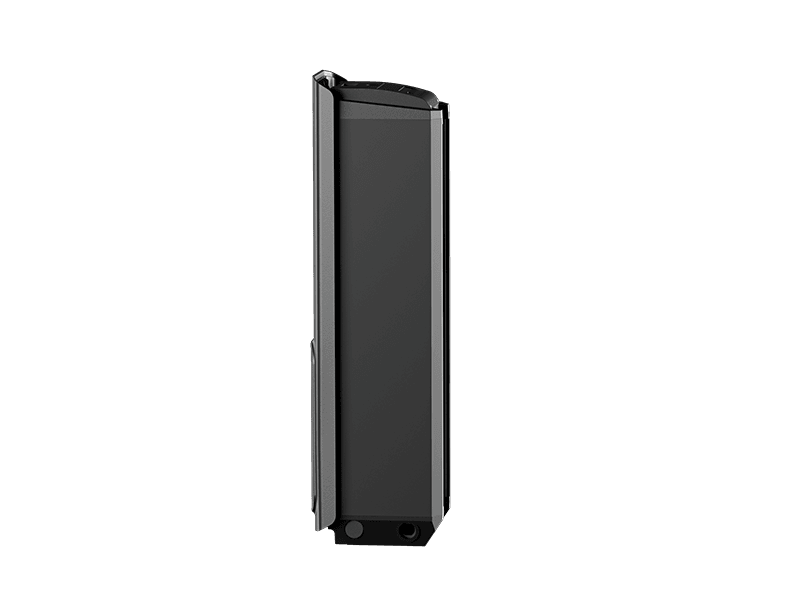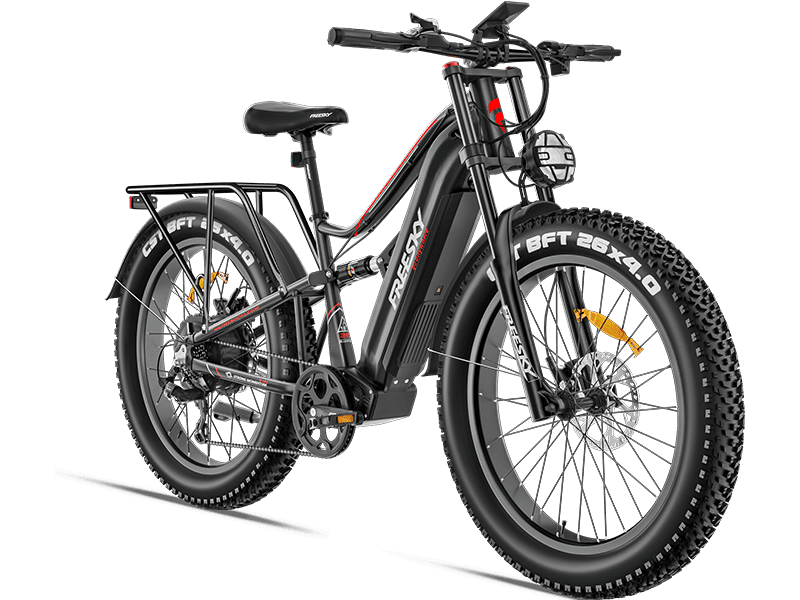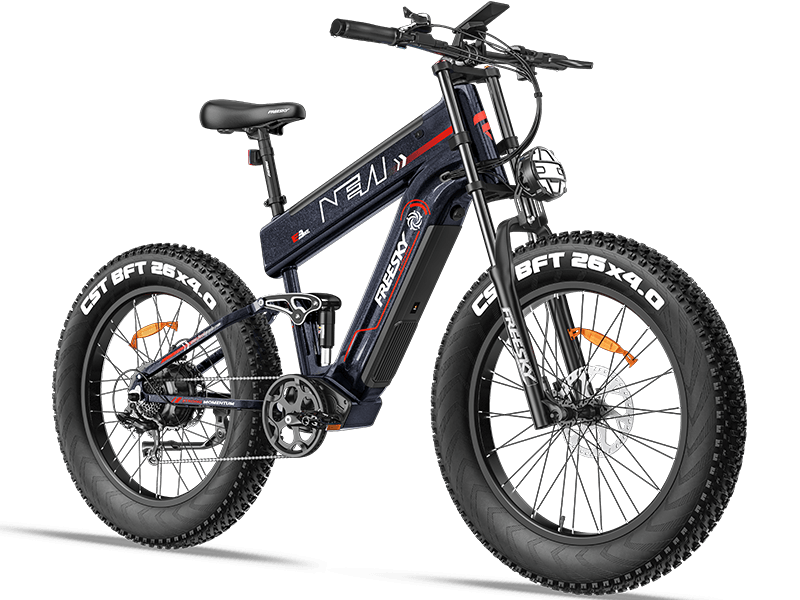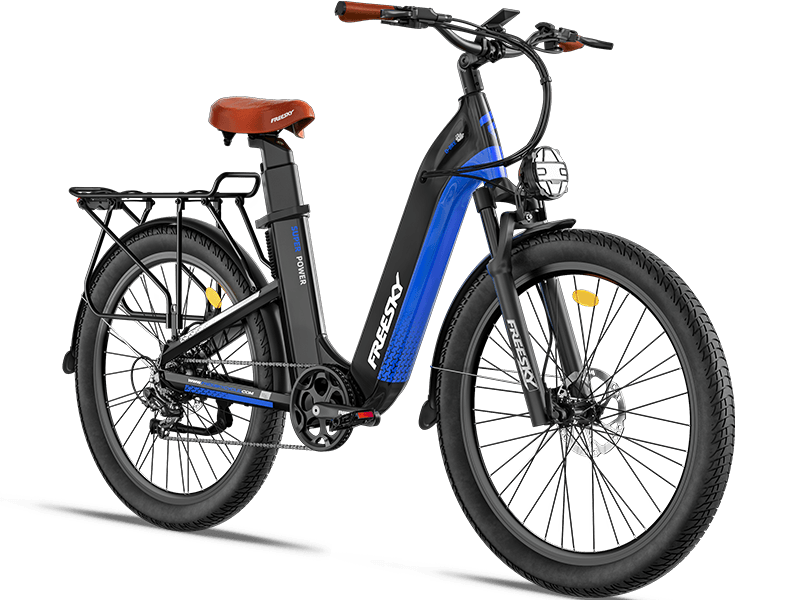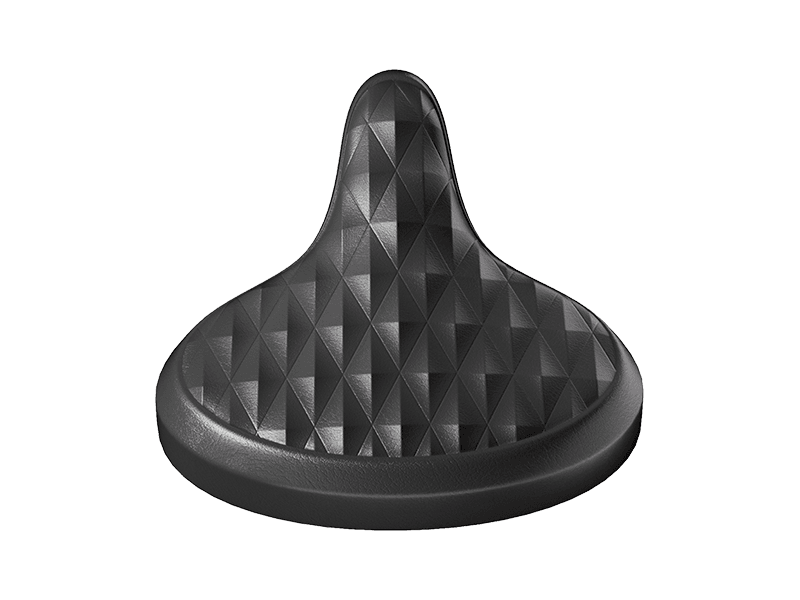10 Essential Spring Camping Tips for Beginners
MAR 06, 2025
Spring is the perfect season for camping: crisp air, blooming landscapes, and fewer crowds. But if you’re new to camping—and especially if you plan to bring an e-bike—there are a few things to know to ensure your adventure is smooth, safe, and unforgettable. Here are 10 tips to help beginners embrace the great outdoors this spring, with a special focus on how an e-bike can elevate your experience.
1. Choose the Right Campsite
Research campsites that are e-bike-friendly. Many parks and campgrounds now cater to cyclists, offering charging stations or proximity to scenic trails. Look for sites with flat terrain for easy tent setup and accessible water sources. Pro tip: Use your e-bike to scout nearby spots quickly before committing to a location!
2. Pack Light (But Smart)
E-bikes make hauling gear easier, but avoid overpacking. Prioritize lightweight essentials: a compact tent, sleeping bag, portable stove, and weather-appropriate clothing. Use panniers or a cargo trailer designed for e-bikes to distribute weight evenly. Don’t forget your e-bike charger and a solar-powered battery pack for off-grid trips!
3. Dress in Layers
Spring weather is unpredictable. Wear moisture-wicking base layers, insulating mid-layers, and a waterproof outer shell. For e-bike rides, opt for breathable, wind-resistant clothing to stay comfortable during uphill climbs or breezy descents.
4. Master Your E-Bike’s Range
Know your e-bike’s battery range (typically 20–60 miles per charge) and plan routes accordingly. Use pedal-assist modes wisely—lower settings conserve battery on flat trails, while higher modes help conquer hills. Apps like Komoot or Trailforks can help map e-bike-friendly paths with charging stops.
5. Practice Leave No Trace
Respect nature by packing out all trash, staying on marked trails, and avoiding sensitive ecosystems. E-bikes are eco-friendly, but stick to designated paths to prevent soil erosion. Bonus: Use your e-bike to carry reusable utensils and a collapsible trash bin!
6. Prep for Cold Nights
Spring nights can still be chilly. Bring a four-season sleeping pad and a sleeping bag rated for temperatures lower than forecasted. If you’re camping with your e-bike, store its battery inside your tent overnight—cold temperatures can drain its charge.
7. Stay Charged and Connected
Bring a portable power bank for your phone and GPS devices. Solar chargers are great for multi-day trips. For e-bike riders, consider a spare battery if your route lacks charging points. Always check campground policies about charging stations in advance.
8. Safety First
Carry a basic first-aid kit, headlamp, and whistle. E-bike riders should wear a helmet, use front/rear lights, and carry a tire repair kit. Familiarize yourself with local wildlife safety tips—spring is active season for bears and other animals!
9. Test Gear Before You Go
Avoid surprises by setting up your tent at home and testing your e-bike’s load capacity on a short ride. Check tire pressure, brakes, and battery health. Practice attaching gear securely to avoid shifting during rides.
10. Embrace Flexibility
Spring weather can shift rapidly—rain, wind, or even surprise snowfall. Have a backup plan, like a nearby cabin or car camping option. With an e-bike, you can quickly relocate if needed or shorten your route without exhausting yourself.
Why an E-Bike is a Game-Changer for Spring Camping
E-bikes let you cover more ground with less effort, turning long hikes into breezy rides. They’re ideal for accessing remote campsites, hauling gear, and exploring winding trails without breaking a sweat. Plus, they’re a sustainable way to enjoy nature—no gas, no emissions, just pure outdoor joy.
Final Thoughts
Spring camping with an e-bike combines adventure with accessibility, making it perfect for beginners. By planning ahead, packing smart, and respecting the environment, you’ll create memories that last long after the campfire dies out. So charge up, gear up, and let your e-bike lead the way to your first spring camping triumph!
Happy trails and happy camping! 🌿⚡


